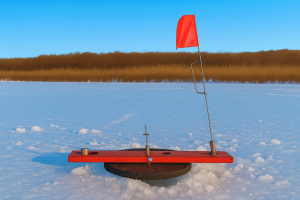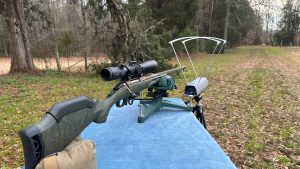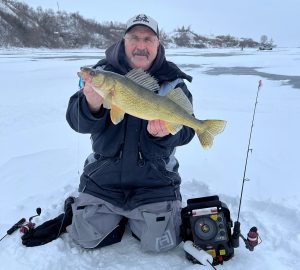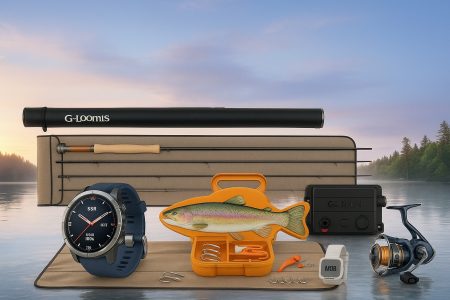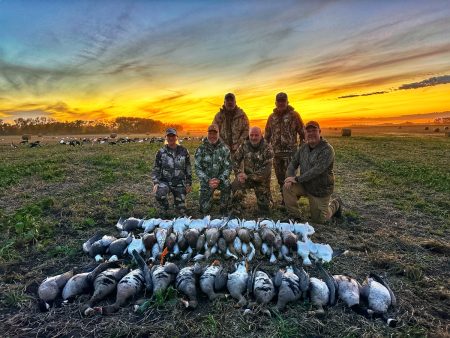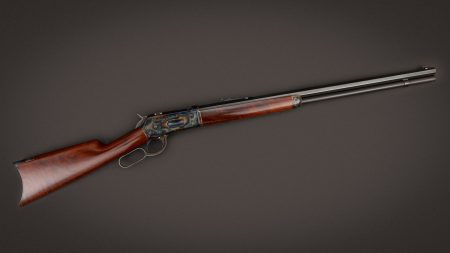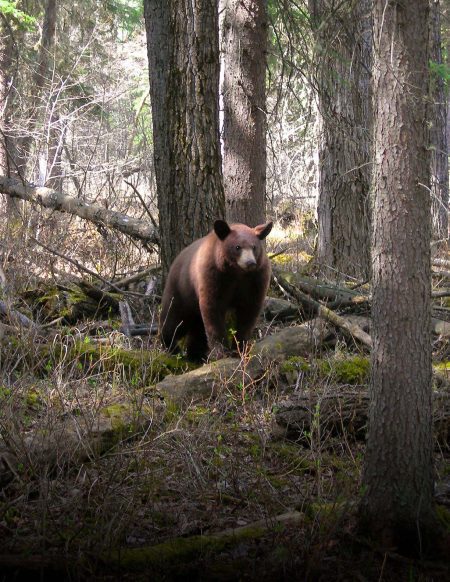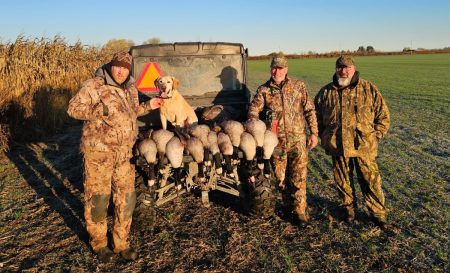Coyote Hunting
Less than three minutes into my first predator hunting calling sequence, movement below and to the left caught my eye. Certain it was a coyote slinking in from an expansive cover of blackberry bushes, my pulse shot up when I saw bright orange. Figuring it was a red fox, I was even more surprised when a prime-pelted gray fox stepped into the sunlight. Gun already shouldered; the 20-yard shot was simple. Approaching the downed prize, I thought about how many trail camera photos I’d captured of this fox over the past two years. I’d also caught multiple coyotes, bobcats, and cougars on the trail cameras set along this travel corridor, and every time I headed out to call, I felt like any one of them could show up.
From this calling site I’ve taken coyotes and bobcats over the years, but this was my first gray fox. While gray fox is plentiful in the habitat along the entire Pacific Coast side of the Cascade Range, they’re not always eager to come to a call, at least not in daylight hours.
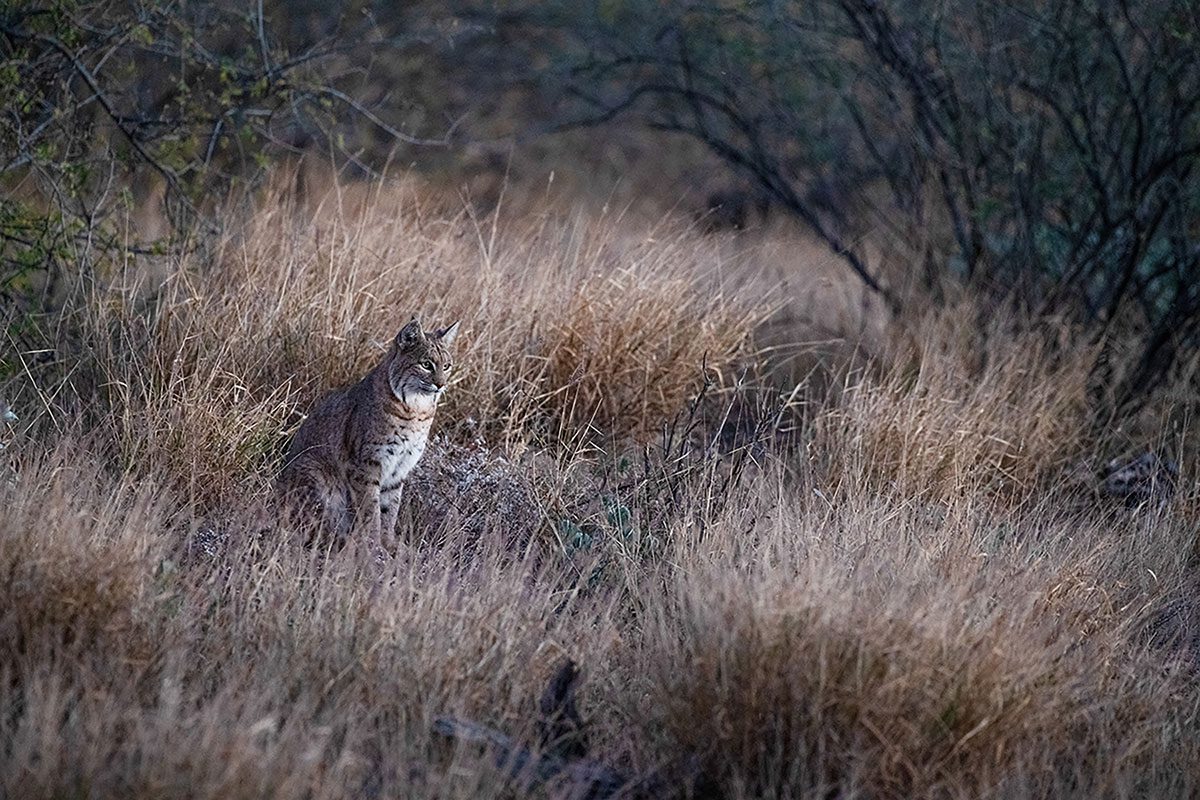
Regarding predator hunting throughout the West, you never know what might show up. While coyotes are the go-to target species when calling in open, high-desert habitat, bobcat, gray fox, red fox, cougar, even badger, can be called in. The key to success in bagging multiple predators out West lies in research, proper setups, diversified calling, and being ready to close the deal when a shot opportunity presents itself.
Trail Cameras for Predator Hunting
Trail cameras are a major part of predator hunting success throughout the West. Trail cameras reveal what predator species lurk in an area, what time of day or night they’re moving, their direction, and how many animals are out there. Trail cameras are your eyes in the woods when you’re not there, and I set up as many as I can.
I currently have 83 trail cameras set out. About half are non-cellular, the rest are Moultrie Mobile cellular cameras. Earlier this spring I caught a cougar moving on one of my Moultrie Mobile trail cameras. Within 30 minutes I was set up and called the big cat in. I shot it square in the chest as it ran full speed right at me. It fell seven paces from where I sat. That hunt would not have happened without a cellular trail camera.
I routinely hang trail cameras on fence lines, game trails, secondary logging roads, and the corners and edges of farmers’ fields. When on a road trip, I’ll set trail cameras in areas I’ll be hunting for a few days. In places closer to home, I have them out year-round.
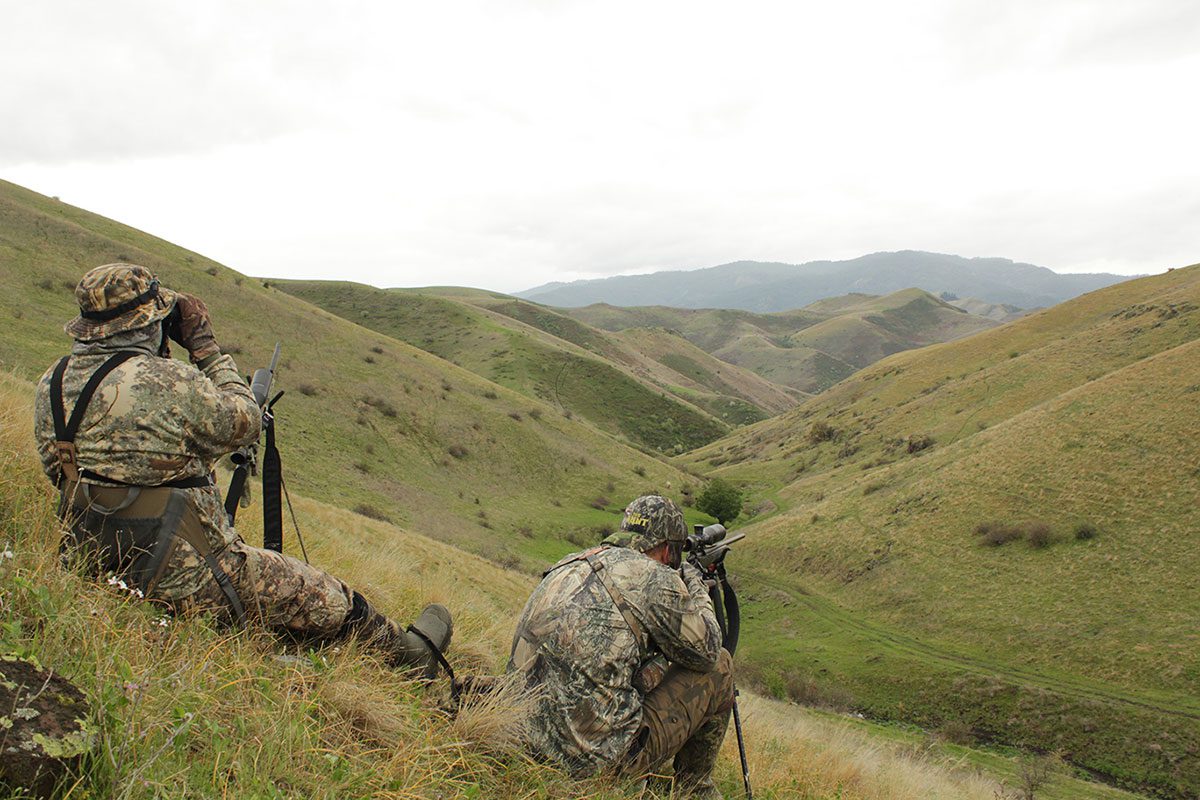
When traveling roads, look for tracks and droppings. Find them on trees, fence posts, and trails that cross under barbed wire fencing, and look for hair. Make a mental note of all well-worn trails, as predators are creatures of habit and travel the same paths.
Know the habitats of the predators you are hunting
While coyotes are the cornerstone species in the world of Western predator hunting, noting the habitats they live in is the real key to discovering other predators in the vicinity. By being aware of what habitats predators like bobcats, fox, badger, cougar, even bears, live in, and preparing, setting up and calling to them, accordingly, you’re on the way to discovering all of what’s really out there.
Good friend and noted guide, Brandon Ayres of Arrowhead Outfitters in The Dalles, Oregon (541-980-1597), is one of the best all-around hunters I’ve had the honor of spending time with. We’ve hunted deer, turkeys, and coyotes together, and what I like most about Ayres is how he’s built his career on acquiring experiential knowledge.
Ayres was born and raised in coyote country. “I grew up taking a mouse squeaker call, grabbing my .22 and walking out the backdoor to call coyotes,” he shares. “That was all I had, and I made it work.”
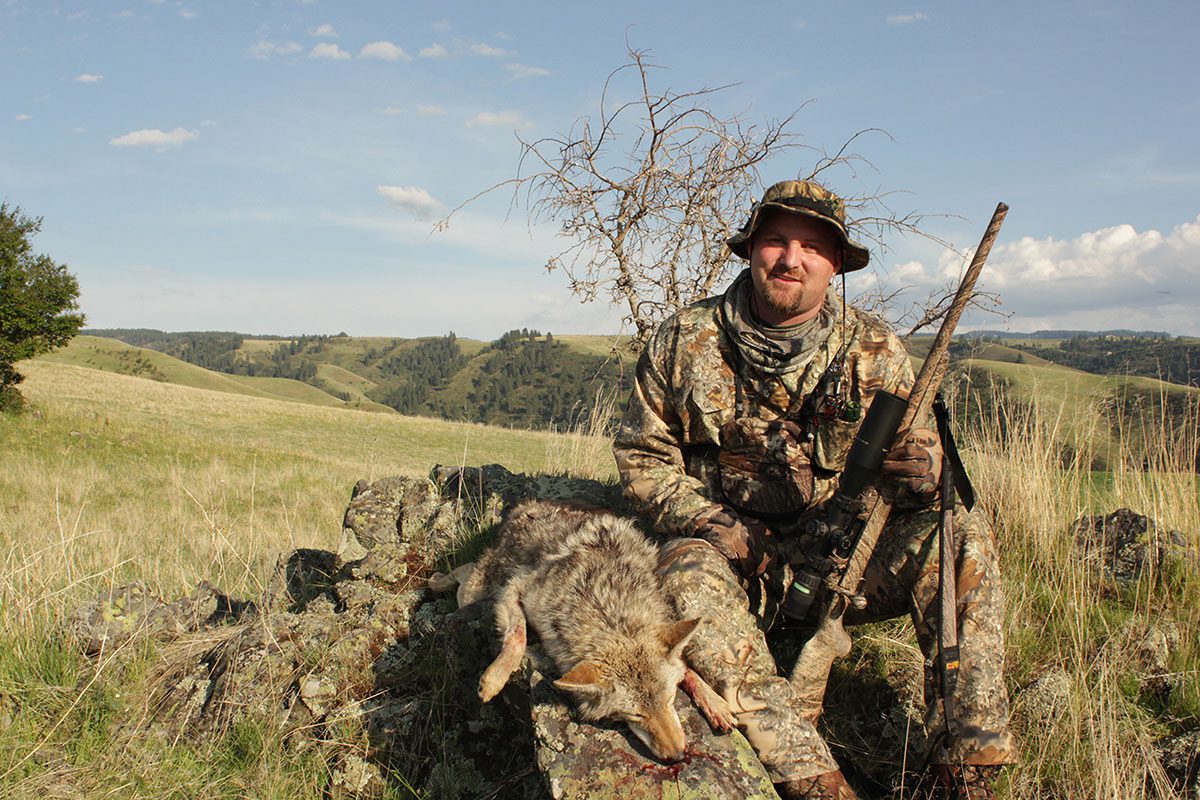
Through his guiding career, Ayres, has been fortunate to hunt alongside some of the top predator hunters in the country, and while he learned from them, he still gains the majority of his predator hunting knowledge by being afield, alone. As Ayres will tell you, there’s no better place to learn to hunt than being in the field.
“When targeting coyotes, I like setting up in the open so I can see a long way,” shares Ayres. “Coyotes always try to move downwind quickly, and I want to see them before they smell me. Bobcat and cougar are another story. When calling where cats are, I like setting up in brush, making sure my back is covered and the outline of my body fully hidden should a cat approach from below.”
Ayres explains, “While coyotes move fast and cover a lot of ground, it’s been my experience that both bobcats and cougars close in very deliberately, trying to see their prey before smelling it. For this reason alone, I can’t stress the importance of good cover and keeping movement to a minimum. You won’t get a second chance if a cat busts you moving.”
Using dense cover as Ayres suggests has been instrumental on many of my predator hunts, but occupying heavy shadows is also a major benefit. When targeting multiple predators at once, setting up in thick cover, utilizing dark shadows, and playing the wind, are all essential to success.
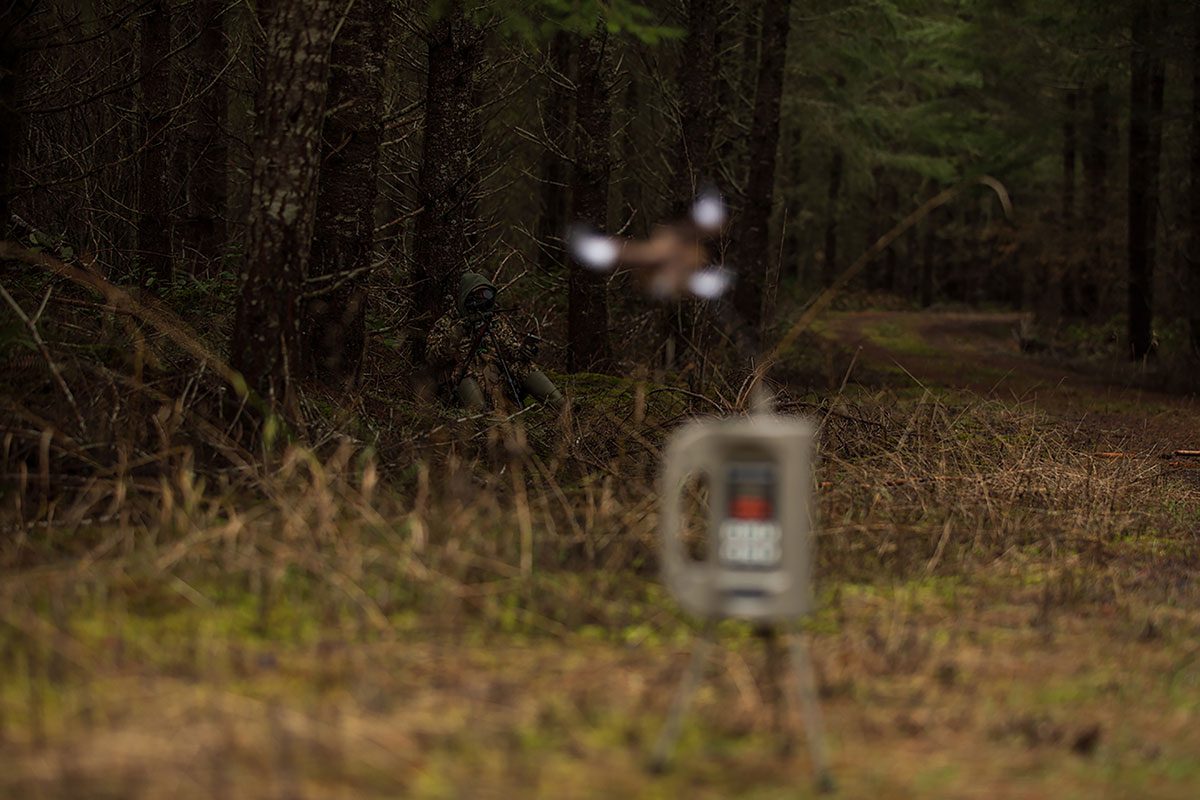
Using Calls for Predator Hunting
While not all predators approach your calls similarly, they will respond to the same sounds. As for the calls, Ayres likes mimicking the food sources in the area he’s hunting, and mixing them up. “We’ve had luck on just about everything over the years, from all kinds of rabbit distress sounds, fawn distress calls, even rodent sounds work very well.” This makes sense given the wide range of predator food available throughout the West.
I firmly believe that having a range of bird distress sounds at your disposal, too. I’ve used bird sounds to coax in coyotes, badger, bobcats, raccoons and black bears. The cougar I called in this spring came to a bird distress sound made with a mouth call. I like using open-read mouth calls as they allow for a great variety of sounds to be generated, including bird sounds.
“In February I really like pup distress sounds,” points out Ayres. “Male coyotes really react to those sounds this time of year.” Ayres doesn’t use much coyote vocalization other than that, largely due to the availability of food sources, but also because he has a good chance of calling in a bobcat or cougar in most places he hunts.
“Like many hunters around the West, we’re having more and more cougars come in to elk calls during archery elk season,” Ayres confirms. “We also have bears come to the calls occasionally; they especially seem to respond to fawn distress sounds in the spring.”
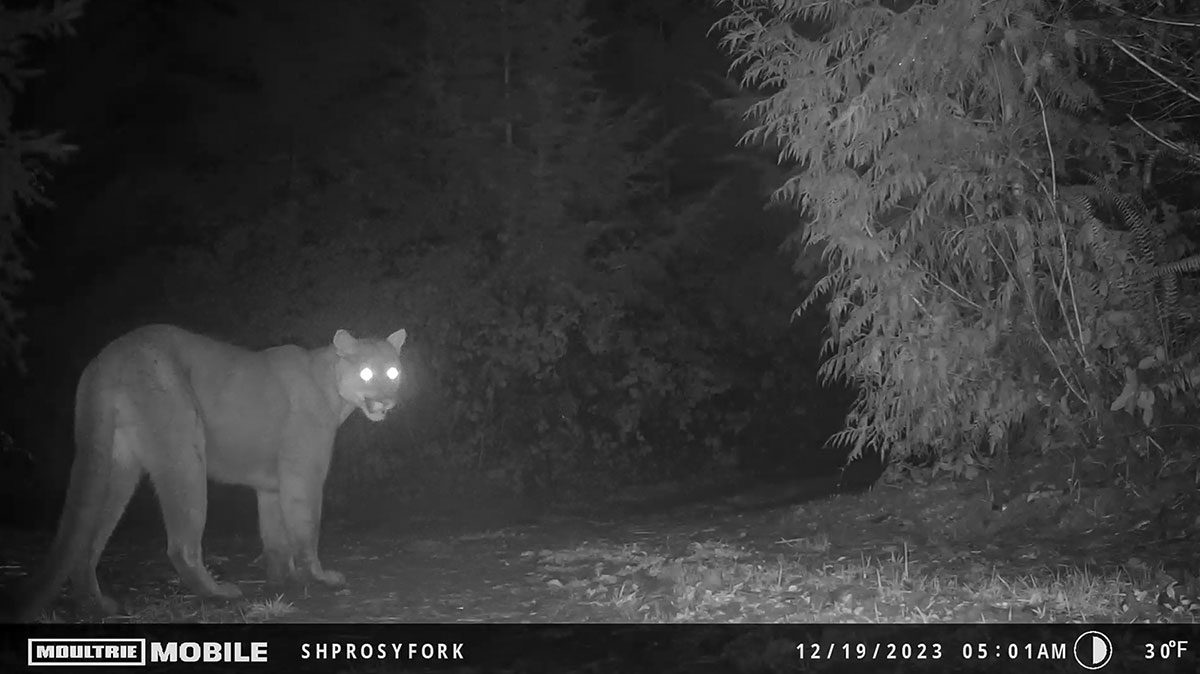
Mixed bag predator success out West often comes down to being within earshot of predators, then offering them a sound they can’t refuse. “I like using mouth calls,” points out Ayres. “I have better control of the sounds I make and I think it brings in more predators than the electronic calls I’ve used. But I do use electronic calls, I just don’t place them very far from me when calling in places where bobcats and cougars are. These cats can hang back in the brush before moving on a food source, and the closer the electronic call is to me, the better chance I have of seeing cats.”
Ayers is a thinker, and one thing I’ve noticed during my years of hunting with him is he likes moving when in the field, no matter what he’s pursuing. Some might judge this as fidgety, but I attribute it to knowing the land and the animals exceptionally well and optimizing opportunities to close the deal. “I’m not one to sit for 45 minutes or an hour waiting for a cat to come in,” Ayres smiles. “Most of the bobcats and cougars we’ve called in over the years have shown up within the first 15 minutes of calling, and many in the first five minutes. If they’re close, they’ll likely come in right away, and I this is where I think hunters need to set up with that in mind and be ready to shoot before even offering a series of calls.”
When calling in brush country throughout the West, many predator hunters carry both a rifle and shotgun. Having the rifle set up in shooting sticks, the shotgun by your side, is the norm. If you catch movement of a nearby predator moving through dense brush, grab the shotgun.
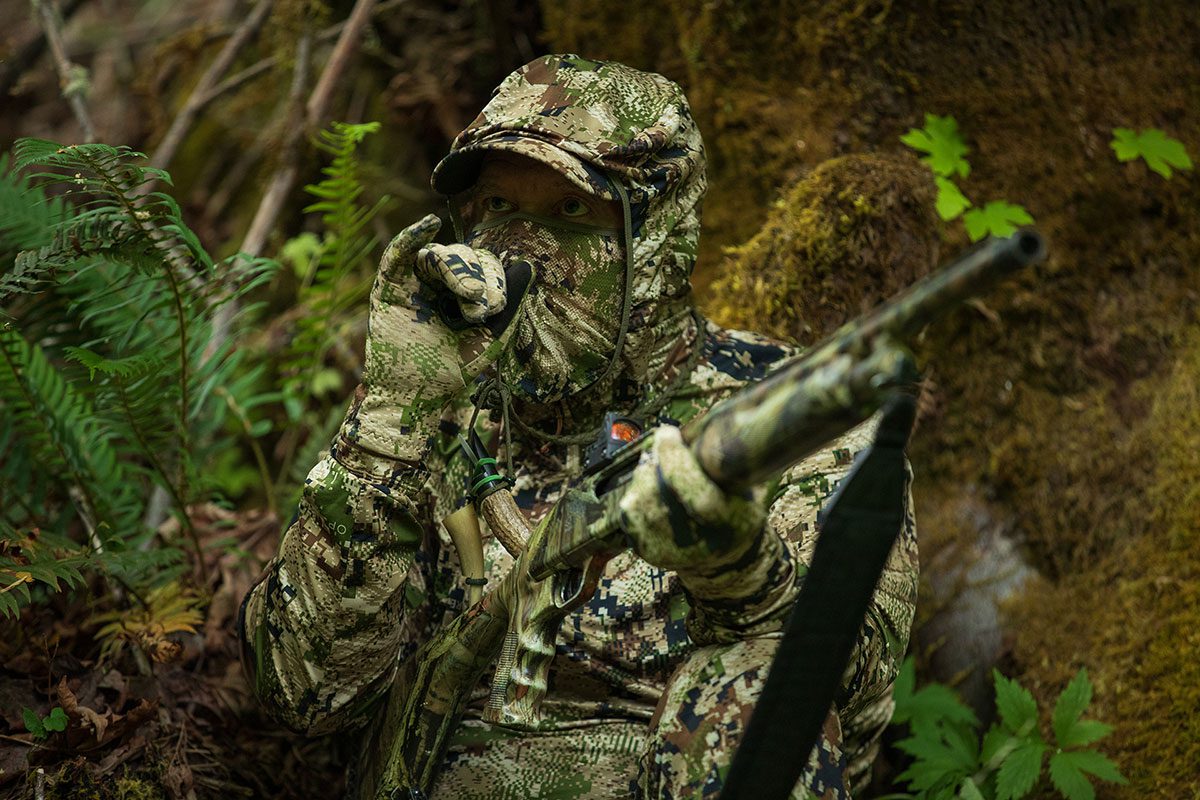
Ayres spends a lot of time glassing for predators. This indicates what predator enthusiasts envision when thinking of hunting out West. One fall I hunted with Ayres, and we glassed up a pair of coyotes in a canyon, which we were able to move closer to before setting up. I ended up dumping both yappers. “In big, open country, you can see predators moving from a long way, throughout much of the day,” confirms Ayres. “Covering ground with your eyes is a great way to locate predators, then you can figure out a game plan from there.”
While coyotes range from the top of the Rocky Mountains to the beaches of the Pacific Coast–and everywhere in between–don’t overlook habitats that hold other predators when hunting the West. Badgers can be targeted in sage brush country and farmlands between the Rockies and the Cascades. They, like coyotes, love bird distress sounds.
As you move into river drainages, don’t overlook the possibility of bringing in a red or silver fox. One time while calling red fox on Alaska’s Kodiak Island, I had a bonus silver fox come trotting in, which I slipped an arrow through. Often times when calling out West, you never know what will come in.
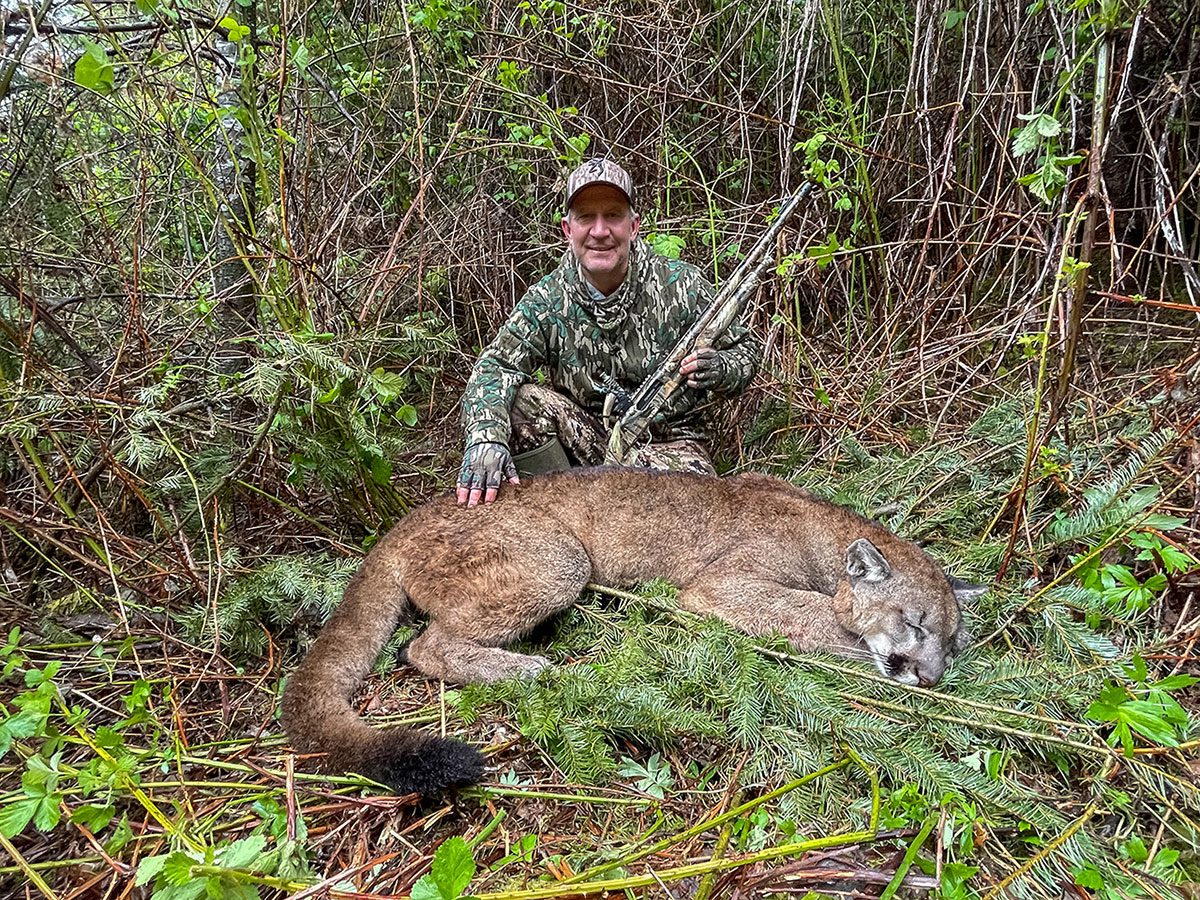
Do your homework, cover country, and don’t be afraid to tuck tight into cover before calling, as that can be key to scoring on a mix of predators throughout the West. Be sure to check furbearer regulations in states you’ll be hunting and have the proper license and tags with you.
The West is big, but don’t let its size intimidate you. Seek favorable habitats that are home to multiple predators, offer a range of prey sounds from screaming birds to distressed big game, and cover ground. With so much land to hunt and so many places for predators to be, taking your sounds to where the predators live is vital to realizing mixed bag success.
Note: For signed copies of Scott Haugen’s bestselling books, visit scotthaugen.com. Follow Scott’s adventures on Instagram & Facebook.
Per our affiliate disclosure, we may earn revenue from the products available on this page. To learn more about how we test gear, click here.

